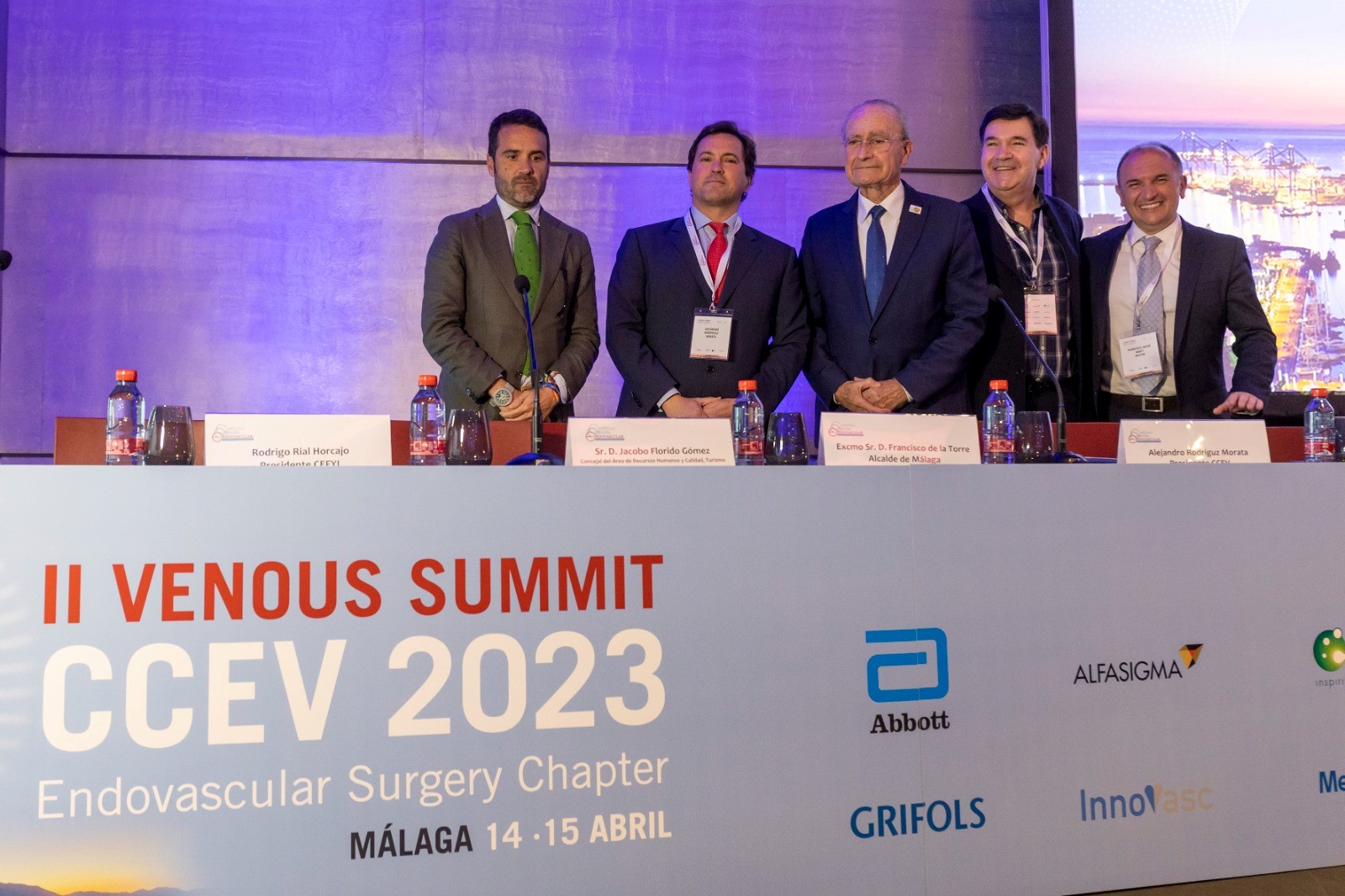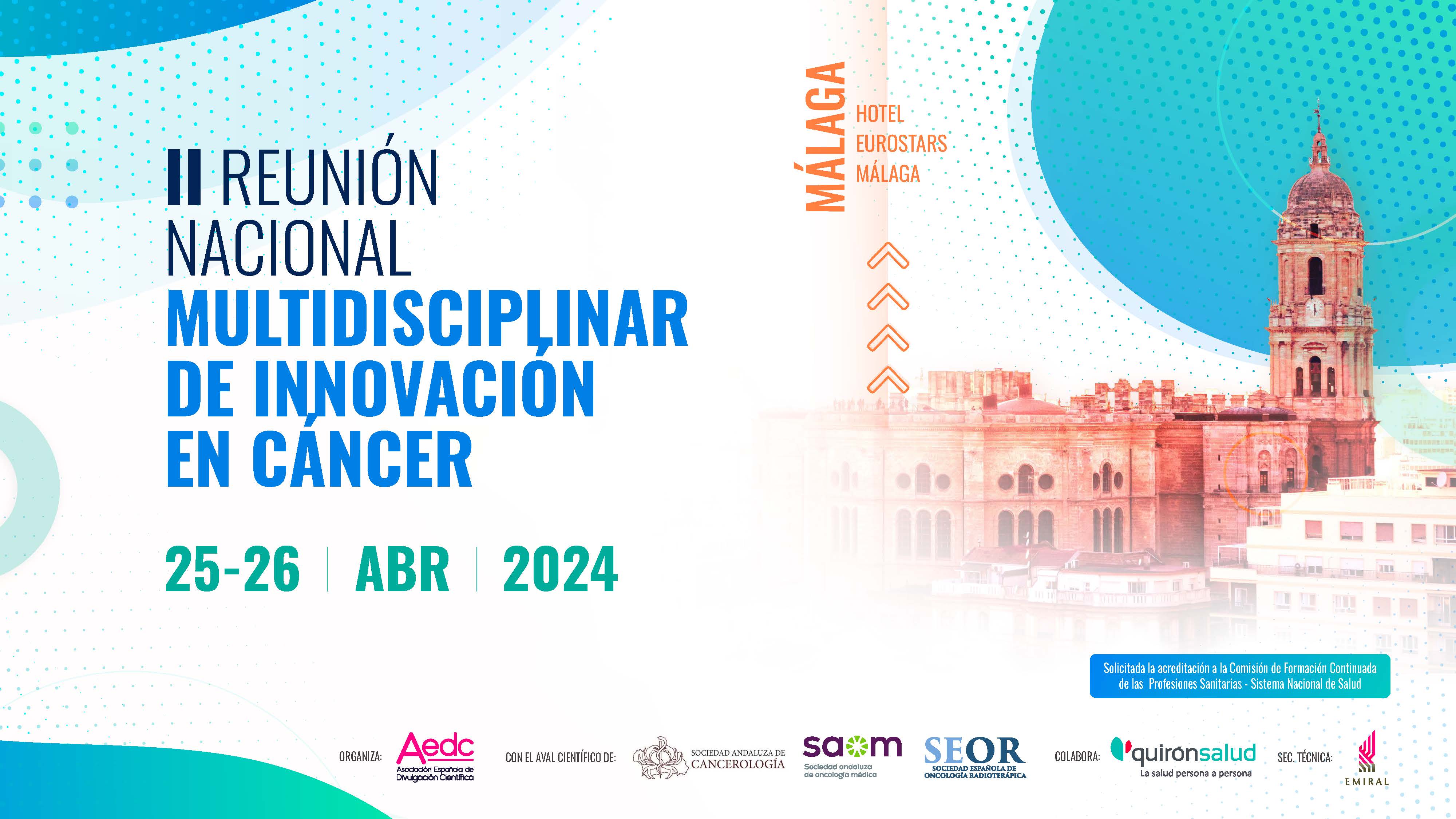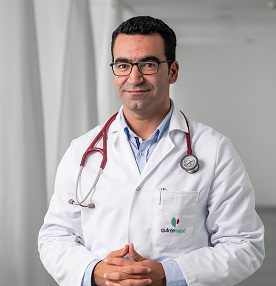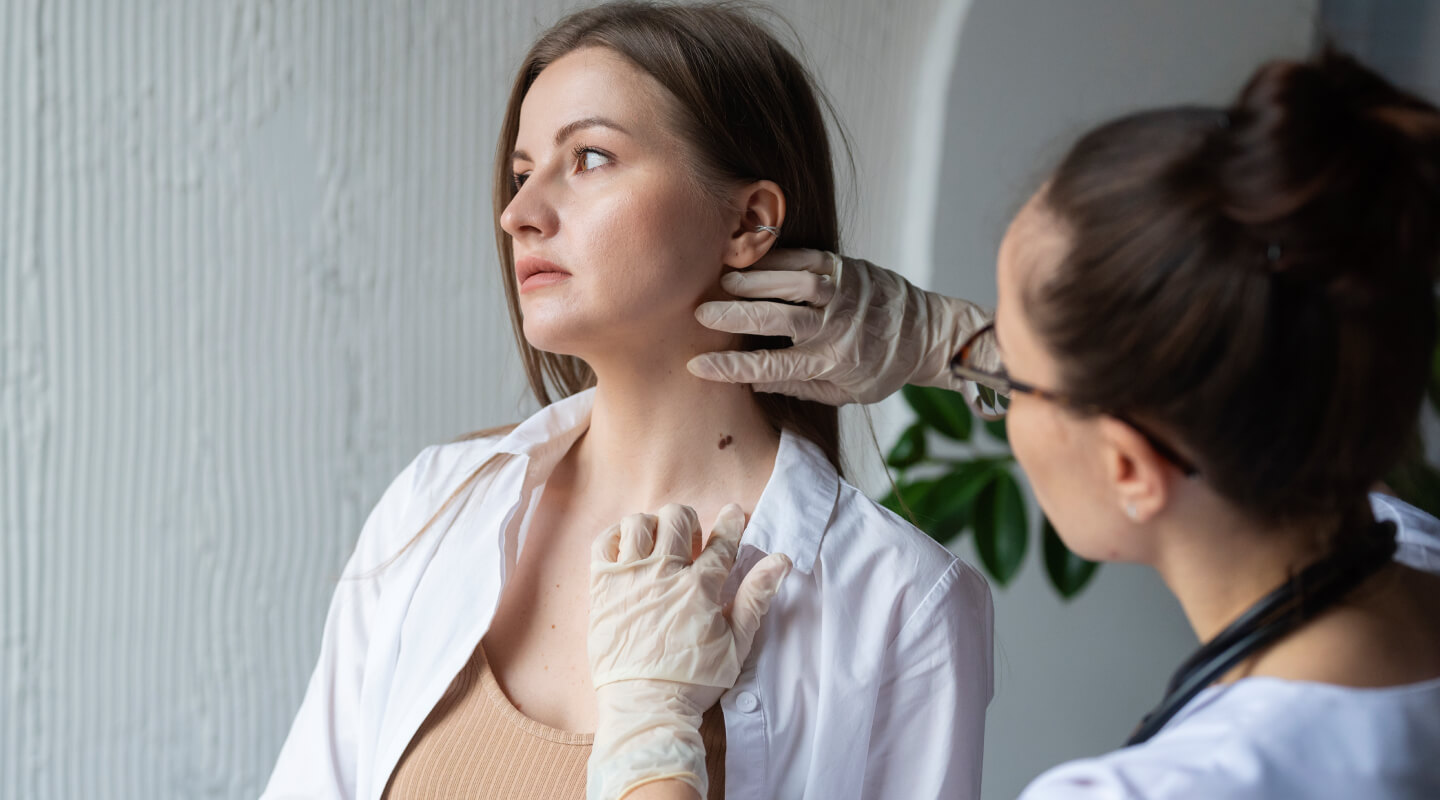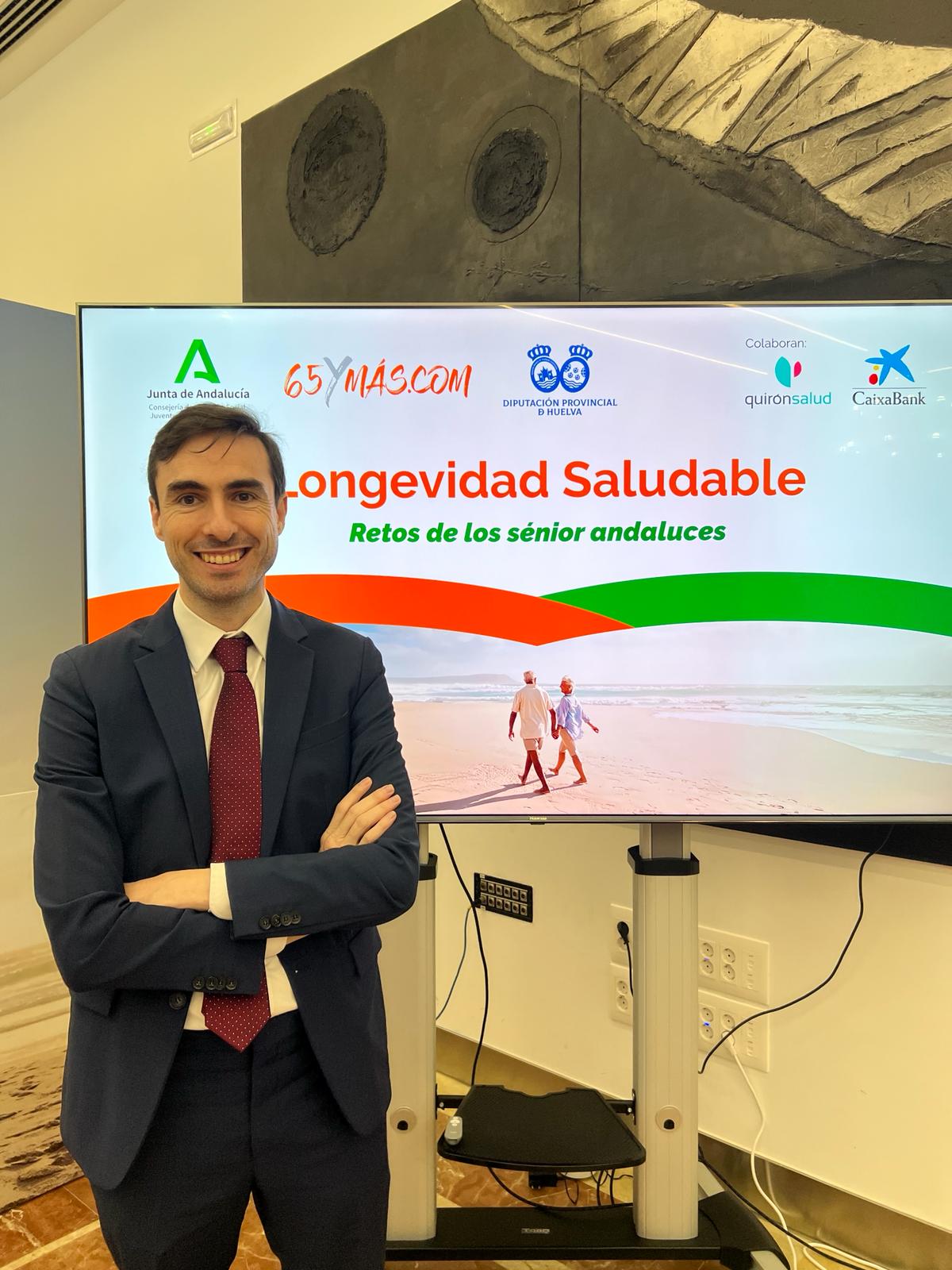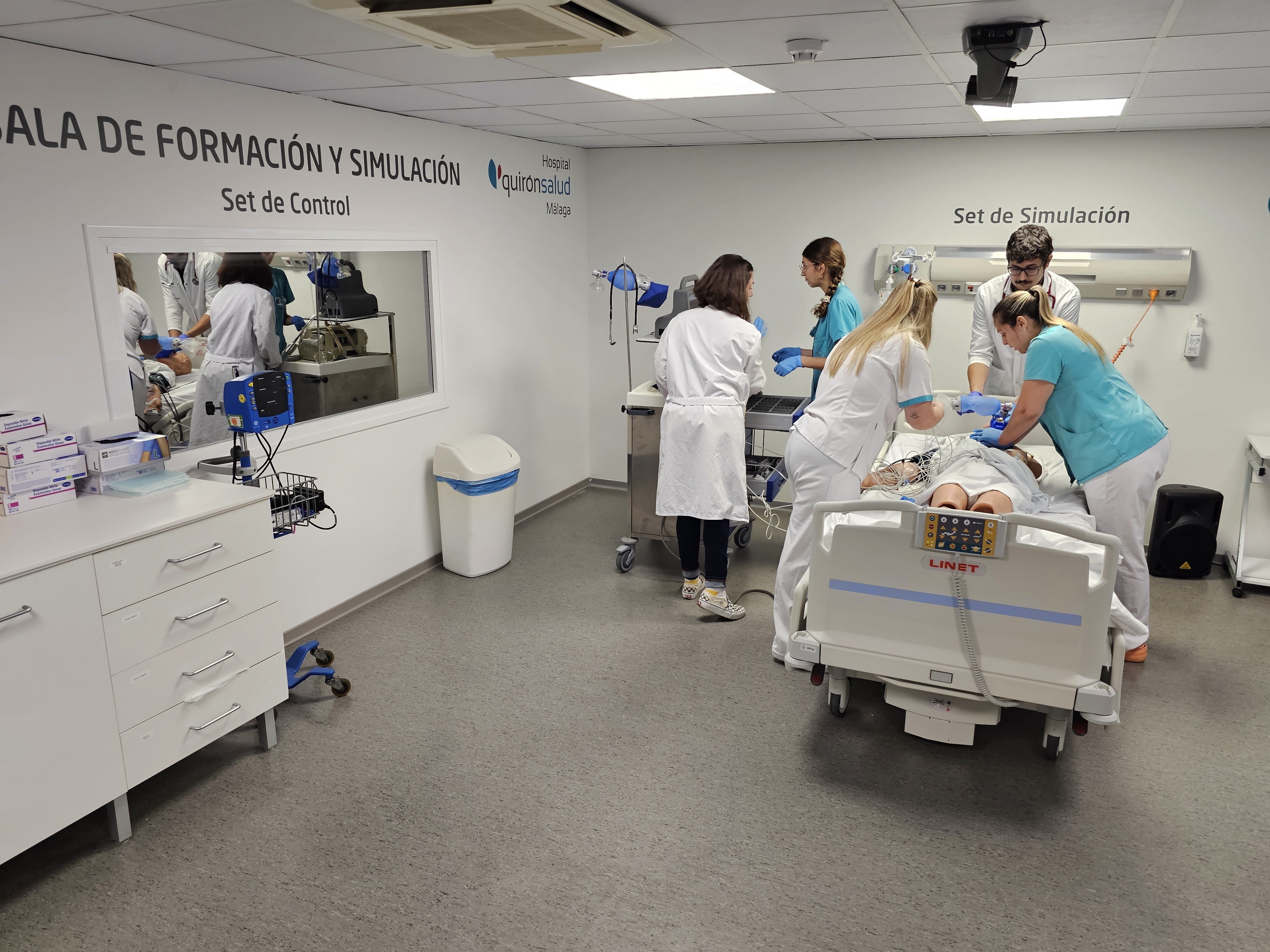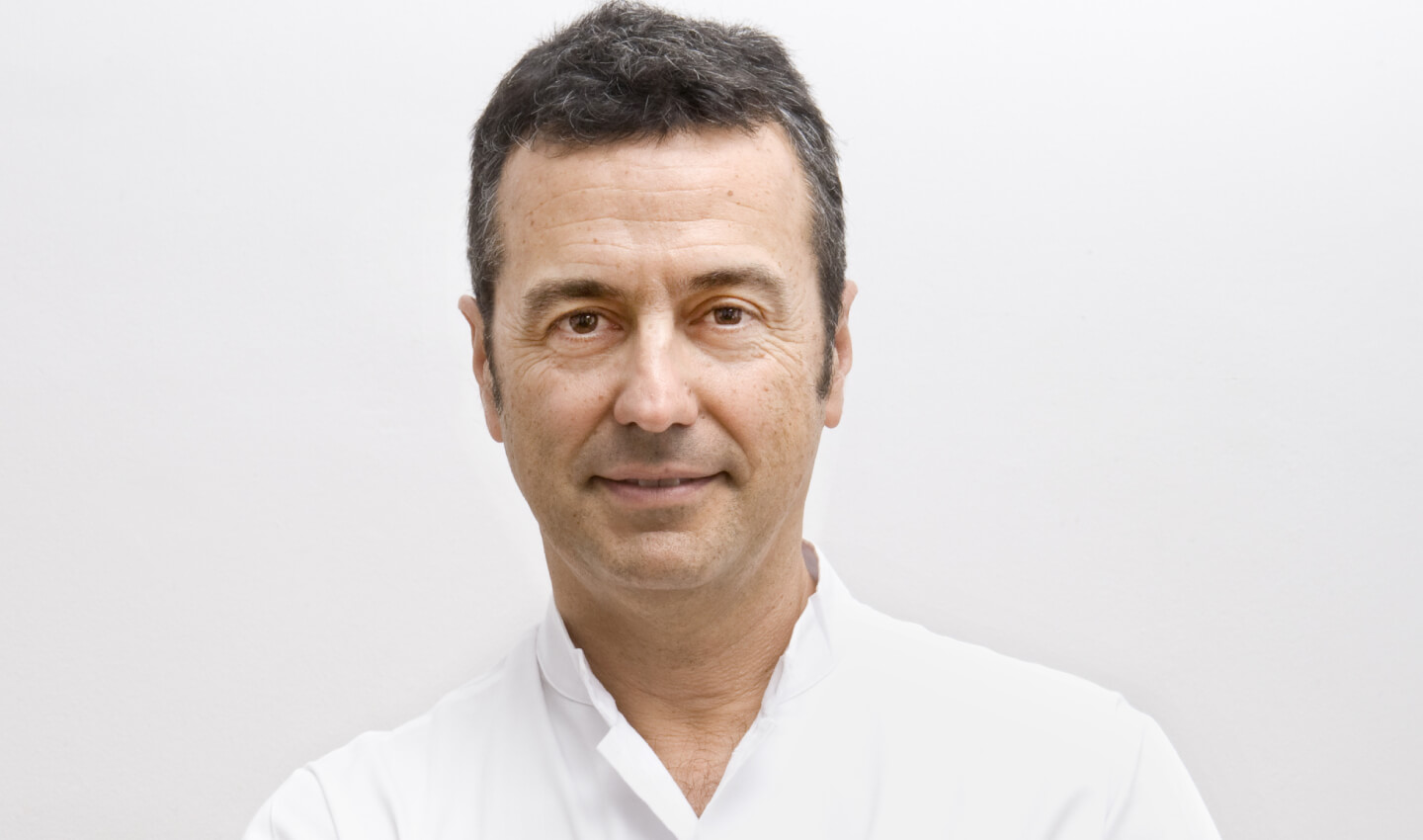Hospitals Quirónsalud Murcia and Torrevieja apply hyperthermic intraperitoneal chemotherapy (HIPEC)
Having a personalized and multidisciplinary medical approach to cancer, and therapies such as hyperthermic intraperitoneal chemotherapy (HIPEC) - also referred to as the Sugarbaker technique - increases the survival chances of patients with widely spread neoplasms in the abdominal cavity.
According to Doctor Pedro Bretcha, president of the Spanish Surgical Oncology Society (SEOQ) and surgical oncology specialist at Hospital Quirónsalud Torrevieja, "The use of technology is important, but the primary requirement is to have a multidisciplinary vision of cancer, dealt with by a specialized team, because treatment should not be given exclusively by a surgeon, an oncologist, or a gynaecologist, but should be controlled in a consensual manner and adapted to each patient.
This treatment is currently applied in Hospitals Quirónsalud Murcia and Quirónsalud Torrevieja, on patients who are diagnosed with peritoneal carcinomatosis, a pathology which consists in the spread of a primary tumour (digestive or gynaecological) in the abdominal cavity, and affects other organs within the abdomen. Doctor Pedro Cascales, coordinator of the Spanish Surgical Peritoneal Oncology Group (GECOP), and specialist at Hospital Quirónsalud Murcia claims, "Around 70% of patients, with ovarian cancer for example, are diagnosed in advanced stages, when the carcinomatosis is already present. It is these patients who, with the correct approach, can achieve unimaginable results that depend largely on the surgical team they are treated by".
In fact, using HIPEC can increase the chances of survival in patients with early stage epithelial ovarian cancer. What’s more, its use does not add any complications to the surgical procedure, according to a clinical study published in the prestigious scientific magazine The New England Journal of Medicine, last month.
The ‘Sugarbaker’ technique doubles the survival rate for colon cancer
This technique was developed by Doctor Paul H. Sugarbaker in 1982. It consists of the removal of the visible tumour, and later the infusion of HIPEC (at 43o C) in the abdominal cavity to eradicate all invisible malignant cells, as the heat enhances the effects of chemotherapy. This technique has achieved survival rates that have not been registered in any other established treatment, with a colon cancer survival rate of 50% to 5 years.
HIPEC treatment enables the combination of high doses of chemotherapy drugs which focus on the affected area, and less systemic toxicity due to the limitation in the spread of the drug from the peritoneal cavity to the blood stream thanks to the features of the drug’s own peritoneal membrane. Its use requires highly skilled centres with multidisciplinary and specialized teams in Surgical Oncology, as it is a very complex technique.
The surgical oncology team at Hospital Quirónsalud Torrevieja run by Doctor Farré and Doctor Bretcha, was one of the first in 2001 to introduce this technique in Spain to treat peritoneal carcinomatosis. Since then they have performed hundreds of procedures on patients with this condition and varied tumour origins.
Current events
Current events
- 18 de abril de 2024
Quirónsalud, Healthcare Partner del Mutua Madrid Open de tenis
Las mejores raquetas del tenis mundial se dan cita en este torneo, que se disputa en la Caja Mágica del 22 de abril al 5 de mayo.Quirónsalud - 10 de mayo de 2024
III VENOUS SUMMIT CCEV 2024 Endovascular Surgery Chapter
3ª del VENOUS SUMMIT del CCEV En esta 3ª edición, que se celebrará los próximos 10 y 11 de mayo de 2024, mantendremos el formato horario de comenzar ese viernes a media mañan...Hospital Quirónsalud MálagaAngiología y Cirugía Vascular - 25 de abril de 2024
II Reunión Nacional Multidisciplinar de Innovación en Cáncer
JUEVES 25 DE ABRIL 15.30-16.30H Entrega de documentación.16.30-16.45H Bienvenida y presentación. Dr. Jorge Contreras Martínez / Dr. Manuel Cobo Dols / Dr. Tomás Urda Valcárc...Hospital Quirónsalud MálagaOncología Médica - 17 de abril de 2024
El Hospital Universitario Rey Juan Carlos implantará el programa MAIC Continuum para mejorar la transición...
El 3-5% de los ingresos hospitalarios en España son debidos a la insuficiencia cardiaca, primera causa de hospitalización en mayores de 65 años en España Más de 20 hospitales...Hospital Universitario Rey Juan Carlos - 17 de abril de 2024
El Hospital Universitario Infanta Elena implantará el programa MAIC Continuum para mejorar la transición...
El 3-5% de los ingresos hospitalarios en España son debidos a la insuficiencia cardiaca, primera causa de hospitalización en mayores de 65 años en España Más de 20 hospitales...Hospital Universitario Infanta Elena - 17 de abril de 2024
El Hospital Universitario General de Villalba implantará el programa MAIC Continuum para mejorar la transición...
El 3-5% de los ingresos hospitalarios en España son debidos a la insuficiencia cardiaca, primera causa de hospitalización en mayores de 65 años en España Más de 20 hospitales...Hospital Universitario General de Villalba - 17 de abril de 2024
El doctor Héctor Meijide, organiza la II Reunión del grupo de asistencia compartida e interconsultas...
El encuentro médico, abordará la asistencia compartida entre cirujanos e internistas en el proceso de la cirugía abdominal mayor, de colon y hepatobiliopancreáticaHospital Quirónsalud A CoruñaMedicina Interna - 17 de abril de 2024
Un equipo del CNIC identifica dianas terapéuticas para prevenir el daño cardiaco asociado a una terapia...
La investigación está liderada por el Dr. Borja Ibáñez, director científico del Centro Nacional de Investigaciones Cardiovasculares (CNIC), cardiólogo intervencionista en la ...Hospital Universitario Fundación Jiménez Díaz - 16 de abril de 2024
Los expertos del Hospital Universitario General de Villalba recomiendan fomentar las conversaciones sobre...
El hospital ha celebrado dos jornadas de prevención del suicidio en la adolescencia dirigidas a estudiantes de Educación SecundariaHospital Universitario General de Villalba - 16 de abril de 2024
Un estudio liderado por el CSIC con participación del IIS-FJD halla una combinación de fármacos eficaz...
La investigación se ha publicado en la revista científica British Journal of PharmacologyHospital Universitario Fundación Jiménez Díaz - 16 de abril de 2024
La Teledermatología llega al Centre Mèdic Quirónsalud Aribau para acelerar el diagnóstico dermatológico
El nuevo servicio agiliza la atención y respuesta médica, en 48 horas, posibilitando una actuación rápida sobre las lesiones que presenten indicios de malignidad.Centre Mèdic Quirónsalud Aribau - 15 de abril de 2024
El doctor Guillermo Isasti participa en la mesa redonda 'Longevidad Saludable' organizada por 65ymás
Celebrada en la Diputación Provincial de HuelvaHospital Quirónsalud Huelva - 16 de abril de 2024
La Sala de Simulación de Quirónsalud Málaga, acreditada por la Sociedad Española de Simulación Clínica...
La formación de habilidades y training por equipos es una de las estrategias más exitosas para avanzar en seguridad y experiencia de paciente, desarrollo de competencias prof...Hospital Quirónsalud Málaga - 16 de abril de 2024
Casi el 20% de los niños sufre alergia primaveral en Andalucía
Se trata de una afección que se va incrementando cada año y que es más frecuente en los más pequeños, al estar su sistema inmunológico aún en desarrolloHospital Quirónsalud CórdobaPediatría y sus Áreas Específicas - 16 de abril de 2024
El Dr. Joaquim Casañas, traumatólogo de Centro Médico Teknon, presidirá el XXVII Congreso de la Sociedad...
El evento se llevará a cabo del 24 al 26 de abril en Sitges y reunirá a figuras destacadas de la especialidad.Centro Médico Teknon




